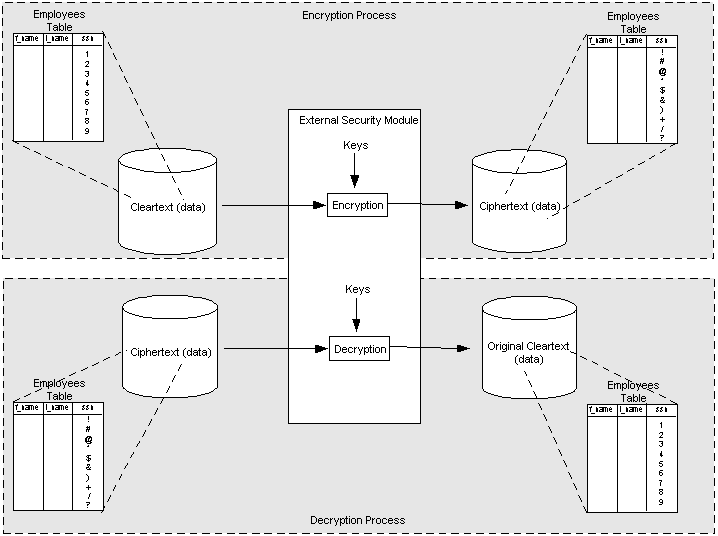Secure Modems; Dial-Back Systems
If modem access is to be provided, this should be guarded carefully. The terminal server , or network device that provides dial-up access to your network needs to be actively administered, and its logs need to be examined for strange behavior. Its passwords need to be strong -- not ones that can be guessed. Accounts that aren't actively used should be disabled. In short, it's the easiest way to get into your network from remote: guard it carefully.There are some remote access systems that have the feature of a two-part procedure to establish a connection. The first part is the remote user dialing into the system, and providing the correct userid and password. The system will then drop the connection, and call the authenticated user back at a known telephone number. Once the remote user's system answers that call, the connection is established, and the user is on the network. This works well for folks working at home, but can be problematic for users wishing to dial in from hotel rooms and such when on business trips.
Other possibilities include one-time password schemes, where the user enters his userid, and is presented with a ``challenge,'' a string of between six and eight numbers. He types this challenge into a small device that he carries with him that looks like a calculator. He then presses enter, and a ``response'' is displayed on the LCD screen. The user types the response, and if all is correct, he login will proceed. These are useful devices for solving the problem of good passwords, without requiring dial-back access. However, these have their own problems, as they require the user to carry them, and they must be tracked, much like building and office keys.
No doubt many other schemes exist. Take a look at your options, and find out how what the vendors have to offer will help you enforce your security policy effectively.
Crypto-Capable Routers
A feature that is being built into some routers is the ability to use session encryption between specified routers. Because traffic traveling across the Internet can be seen by people in the middle who have the resources (and time) to snoop around, these are advantageous for providing connectivity between two sites, such that there can be secure routes.Virtual Private Networks
Given the ubiquity of the Internet, and the considerable expense in private leased lines, many organizations have been building VPNs (Virtual Private Networks). Traditionally, for an organization to provide connectivity between a main office and a satellite one, an expensive data line had to be leased in order to provide direct connectivity between the two offices. Now, a solution that is often more economical is to provide both offices connectivity to the Internet. Then, using the Internet as the medium, the two offices can communicate.The danger in doing this, of course, is that there is no privacy on this channel, and it's difficult to provide the other office access to ``internal'' resources without providing those resources to everyone on the Internet.
VPNs provide the ability for two offices to communicate with each other in such a way that it looks like they're directly connected over a private leased line. The session between them, although going over the Internet, is private (because the link is encrypted), and the link is convenient, because each can see each others' internal resources without showing them off to the entire world.
A number of firewall vendors are including the ability to build VPNs in their offerings, either directly with their base product, or as an add-on. If you have need to connect several offices together, this might very well be the best way to do it.
Security is a very difficult topic. Everyone has a different idea of what ``security'' is, and what levels of risk are acceptable. The key for building a secure network is to define what security means to your organization . Once that has been defined, everything that goes on with the network can be evaluated with respect to that policy. Projects and systems can then be broken down into their components, and it becomes much simpler to decide whether what is proposed will conflict with your security policies and practices.
Many people pay great amounts of lip service to security, but do not want to be bothered with it when it gets in their way. It's important to build systems and networks in such a way that the user is not constantly reminded of the security system around him. Users who find security policies and systems too restrictive will find ways around them. It's important to get their feedback to understand what can be improved, and it's important to let them know why what's been done has been, the sorts of risks that are deemed unacceptable, and what has been done to minimize the organization's exposure to them.
Security is everybody's business, and only with everyone's cooperation, an intelligent policy, and consistent practices, will it be achievable.

